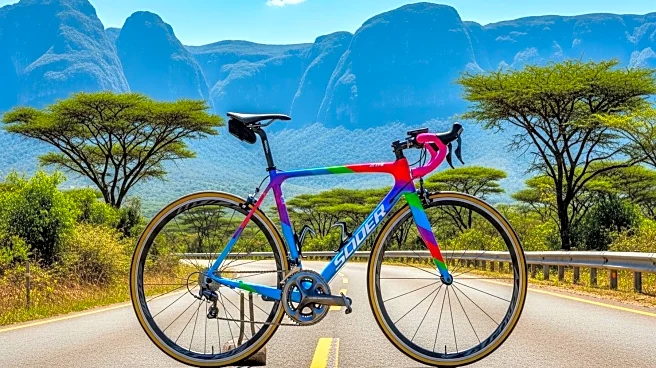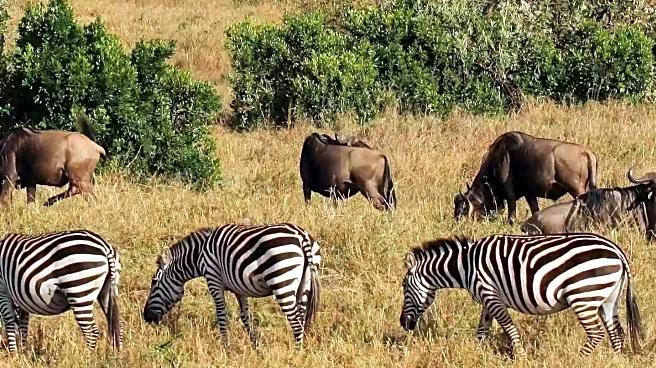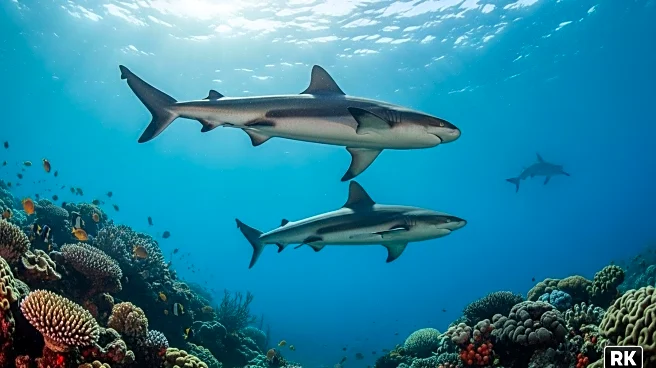What's Happening?
Mountain gorillas, once on the brink of extinction, have seen a significant population recovery due to decades of conservation efforts. The Virunga mountains, spanning Rwanda, Uganda, and the Democratic Republic of the Congo, are home to these gorillas. Conservation strategies, including habitat protection and anti-poaching measures, have increased their numbers to over 1,000. However, challenges remain, such as habitat encroachment and disease transmission from humans. Conservationists are now concerned about the gorillas' limited habitat as their population continues to grow.
Why It's Important?
The recovery of mountain gorillas is a major conservation success story, demonstrating the effectiveness of targeted efforts to protect endangered species. This achievement highlights the importance of international cooperation and sustained funding in conservation. However, the growing population presents new challenges, such as the need for expanded habitats and continued protection from human-related threats. The situation underscores the delicate balance between conservation and human development, emphasizing the need for sustainable practices.
What's Next?
Conservationists are exploring options to expand the gorillas' habitat to accommodate their growing numbers. This may involve creating buffer zones and working with local communities to ensure sustainable land use. Ongoing monitoring and research will be crucial to address potential conflicts and ensure the long-term survival of the species. The success of these efforts could serve as a model for other conservation initiatives worldwide.













